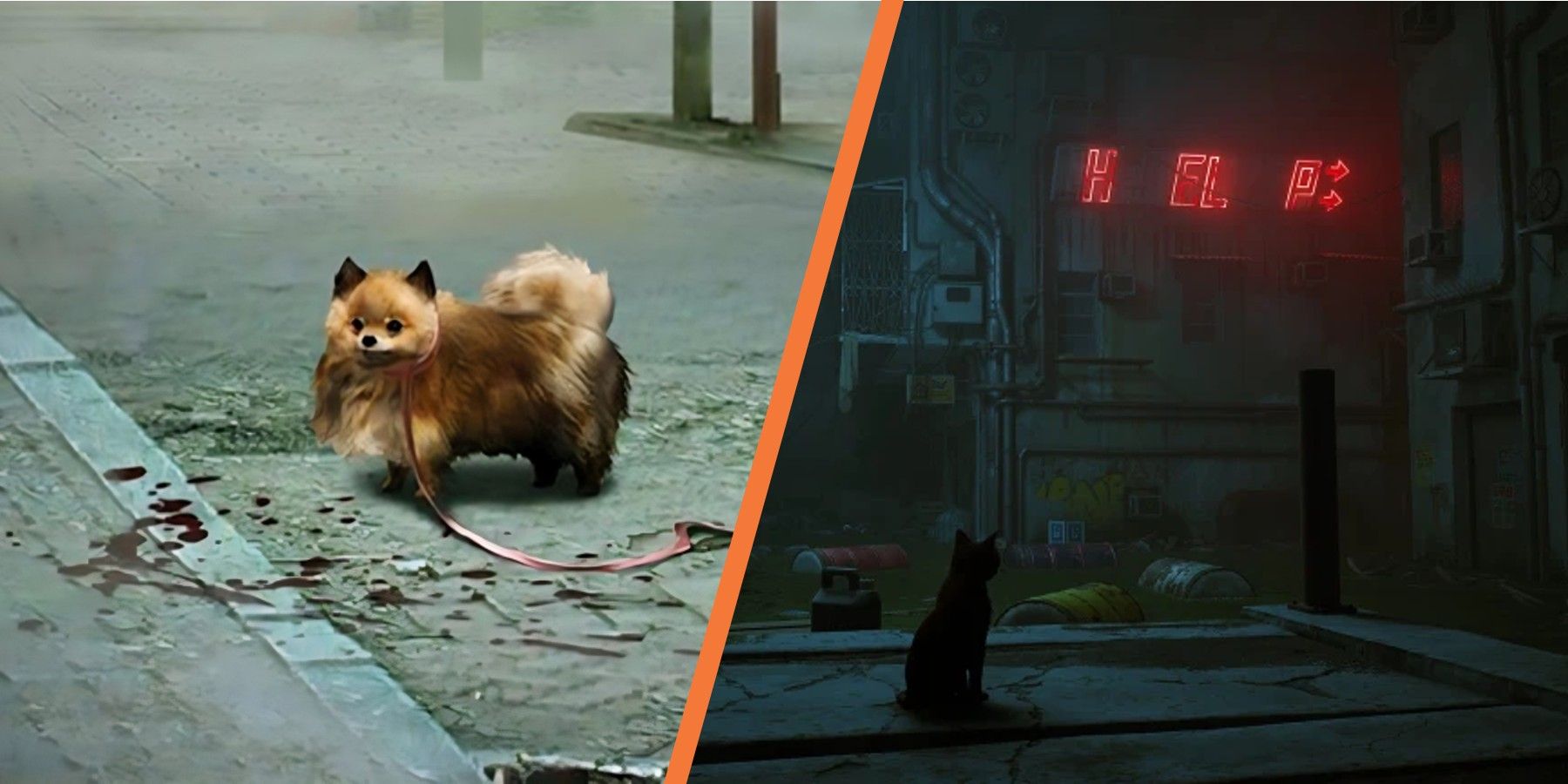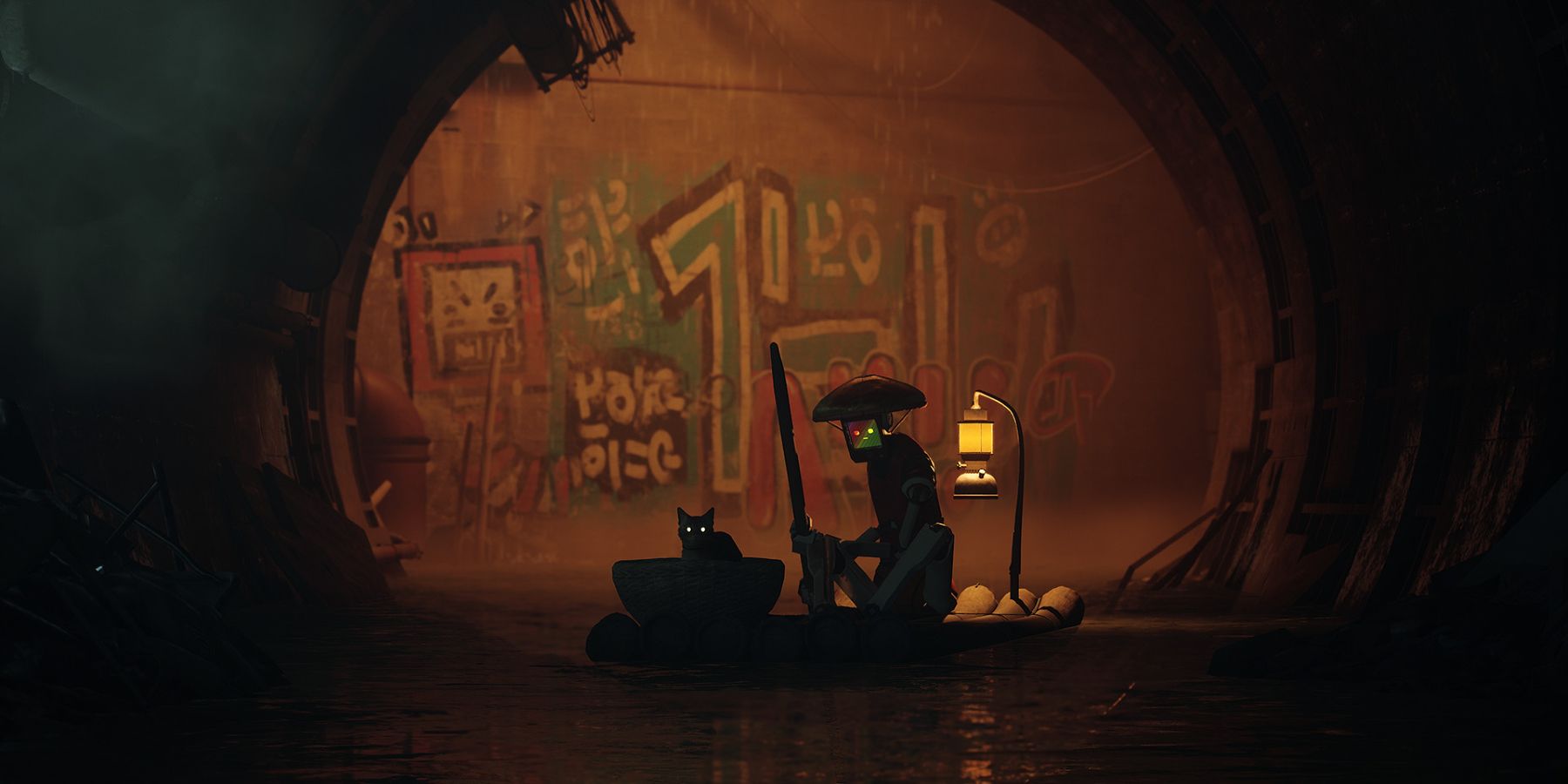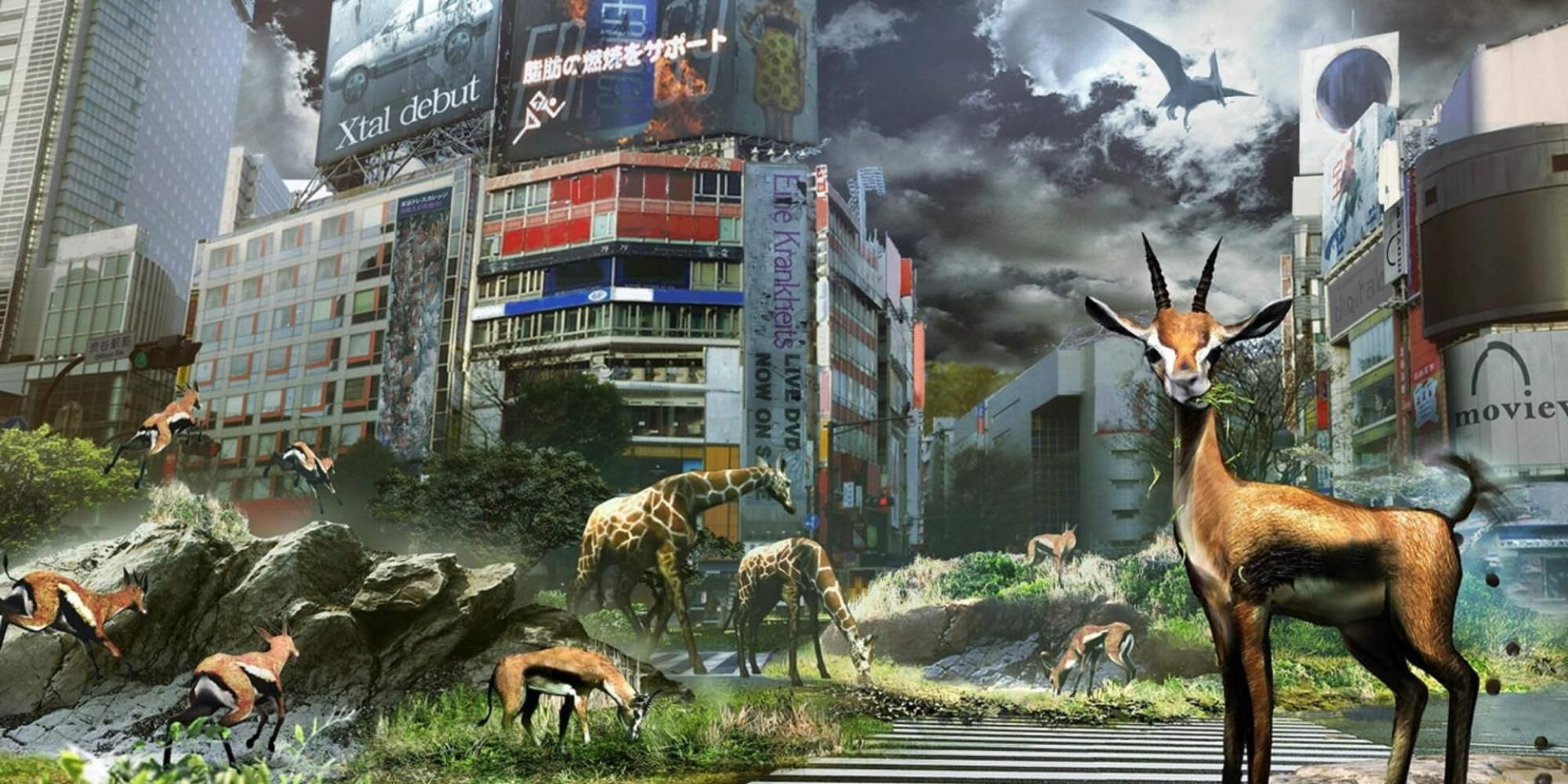Stray was not the first game where they could play as an animal wandering a post-apocalyptic human world. Released in 2012 exclusively for the PS3, Tokyo Jungle had all the same trimmings as Stray. According to critics at the time, while it had a ridiculous story and average graphics, Tokyo Jungle's ideas were celebrated similar to Stray. While Tokyo Jungle saw a scaled-down portable successor in Tokyo Jungle Mobile, no further sequels have been announced, leaving it with the legacy of a cult-classic.
This begs the question of why Stray succeed when Tokyo Jungle did not. While there are some objective differences between the two, many of these boil down to style and tone. Taking a step back and looking at Stray from a different angle can illuminate how bizarre its plot is, from trash-eating, hive-mind bacteria to a cat befriending a human mind trapped in a drone while surrounded by sentient robots. Identifying the fundamental reasons why Stray succeeded where Tokyo Jungle failed can help pave the way for future games led by animal protagonists.
Where Stray and Tokyo Jungle Are Alike
While both games share a similar backing premise around humanity's disappearance, fundamentally there is more to both that makes them alike. Tokyo Jungle incorporates a similar mindset toward mechanical design as Stray, even going so far with its realism to include status bars for hunger and stamina. Tokyo Jungle utilizes a stealth mechanic that arguably goes beyond Stray's attempt at stealth, better reflecting the broader variety of animals players could play as, ranging from carnivores to herbivores.
Across these different species, Tokyo Jungle's story can be pieced together. Even its ending is a decent parallel to Stray, where the game's final act has players take control of robotic animals, culminating in a decision to try and save what's left of humanity. Moving past Stray's cyberpunk aesthetic versus Tokyo Jungle's adherence to realism, the two games are very much alike. Yet Tokyo Jungle's abundance of playable species and its realism may point to its failures.
Where Stray and Tokyo Jungle Are Different
Placing the two games side-by-side demonstrates that overeagerness perhaps led to Tokyo Jungle not succeeding where Stray does. By limiting the game to just one animal, ensuring that the gameplay mechanics best suited that animal, and not deviating from this scope, Stray was able to present a perfectly unified, polished experience. On the other hand, Tokyo Jungle had over 80 types of animals, and the increased roster led to higher odds that their gameplay wouldn't be as coherent.
On top of this, Tokyo Jungle devolved into wilder concepts the further the game progressed, going from stories involving domestic dog breeds and wild cats to dinosaurs and robots. Stray had the foresight to embrace its sci-fi roots from the very start of its story, while Tokyo Jungle initially presented as a realistic rendition of post-apocalyptic Tokyo before dipping into more outlandish ideas. Stray's decision to use its cyberpunk aesthetic to inform a story going beyond humanity's survival is arguably another component as to why it plays more coherently than Tokyo Jungle.
While there might not be a significant enough following for Tokyo Jungle to be ported to current consoles, alongside Stray and several other titles one can see that players are interested in alternative gaming experiences. Animal protagonists are becoming more common and popular, especially when indie developers are capitalizing on the trend. Lessons learned from Tokyo Jungle's failings and Stray's success should be that these games keep a narrow focus and embrace their protagonist's animalistic nature.
Stray is available now on PC, PS4, and PS5.



